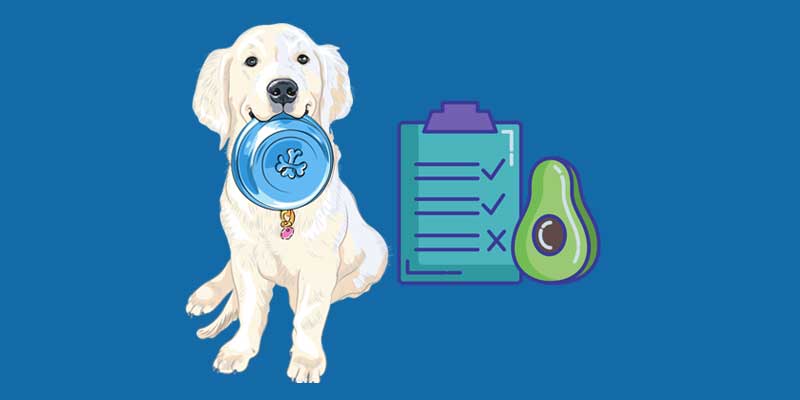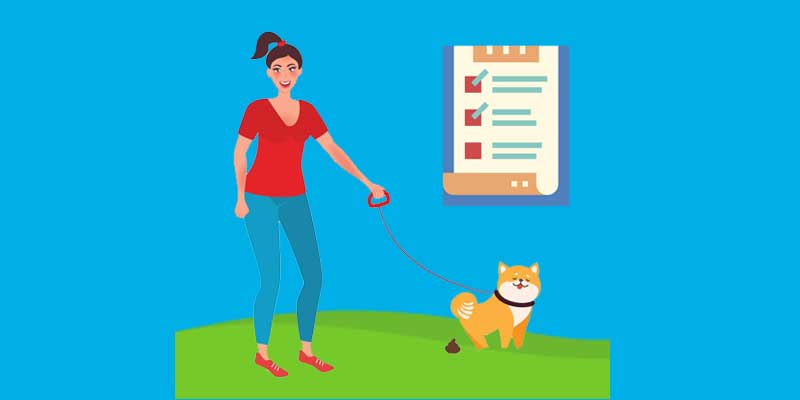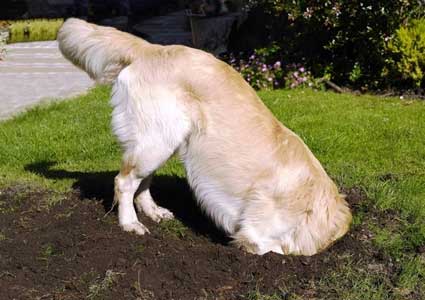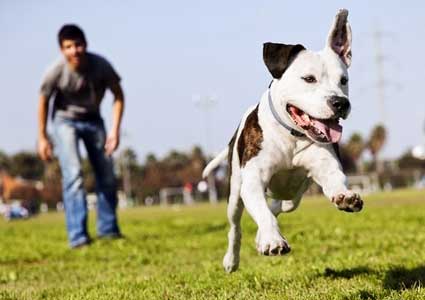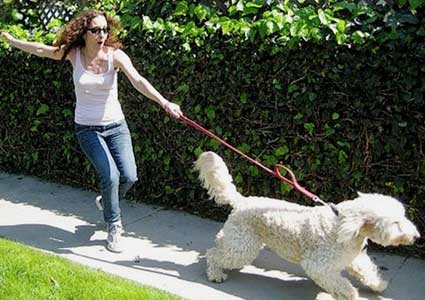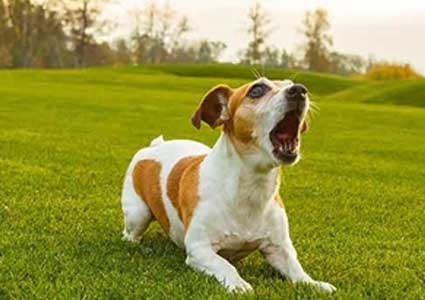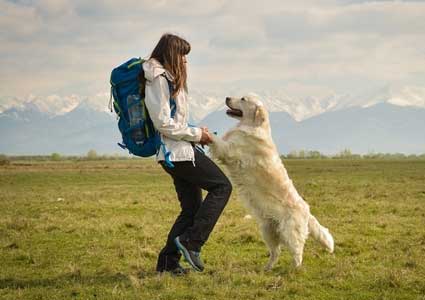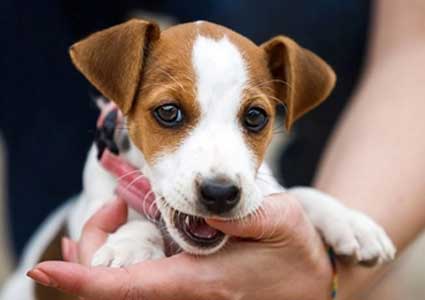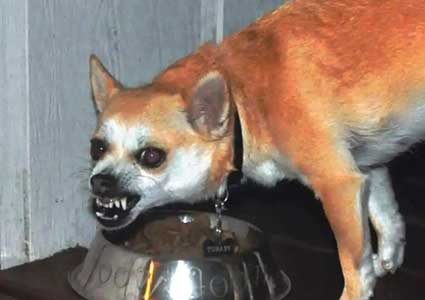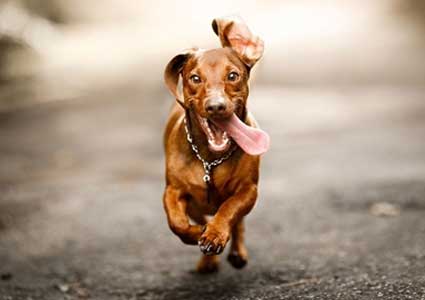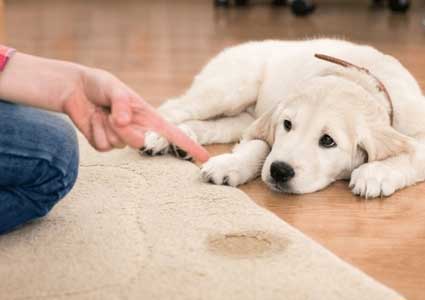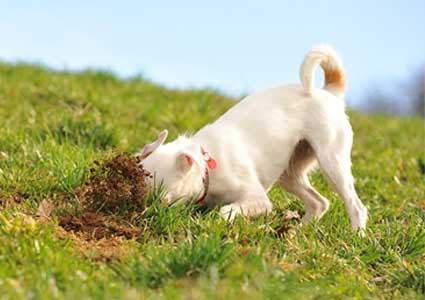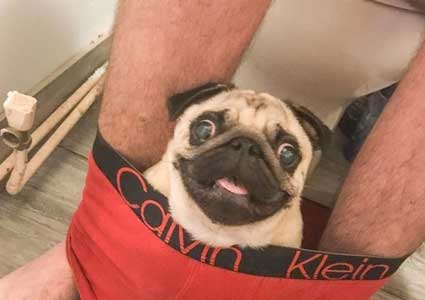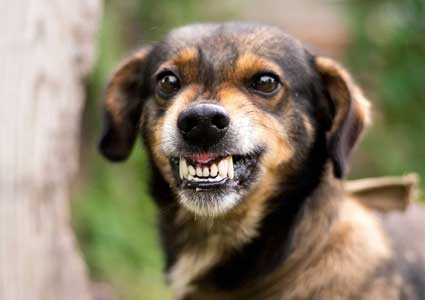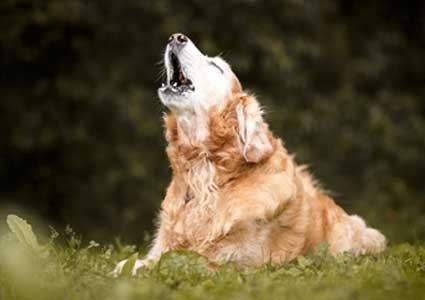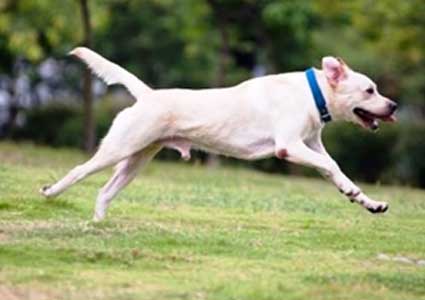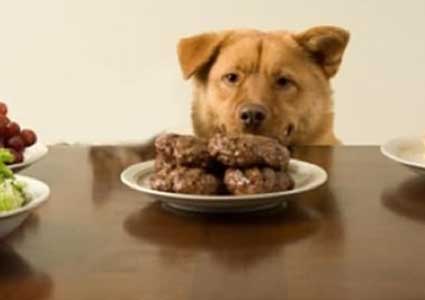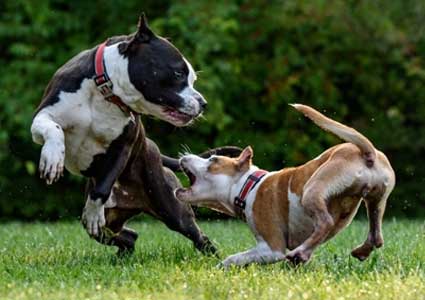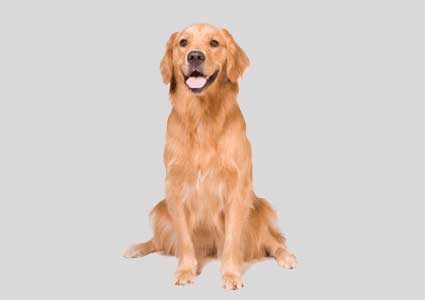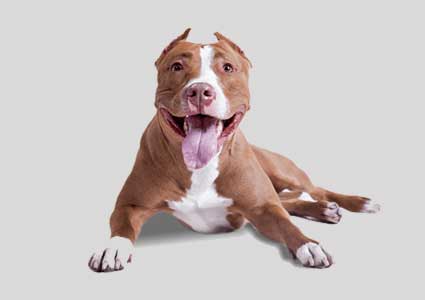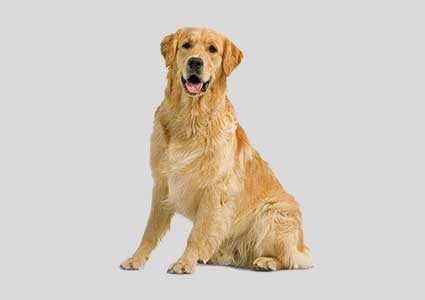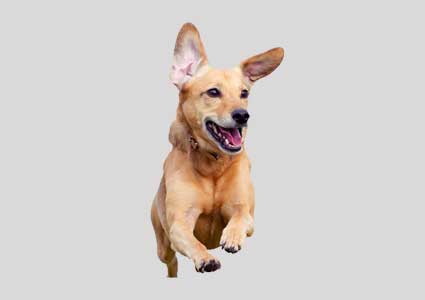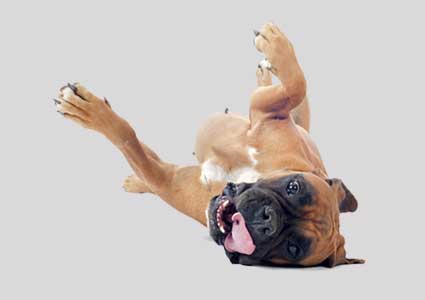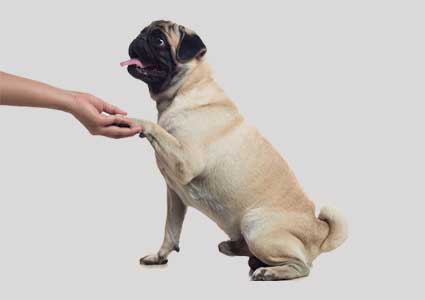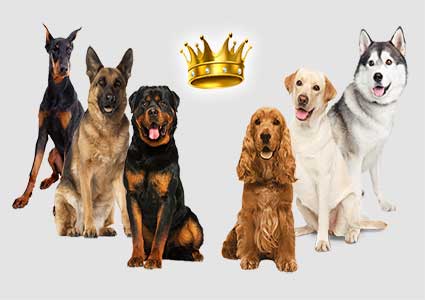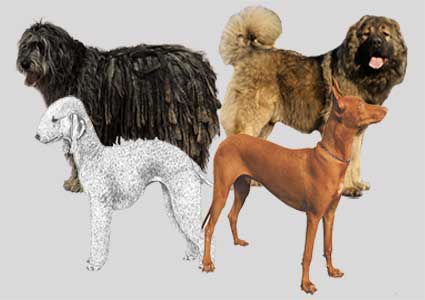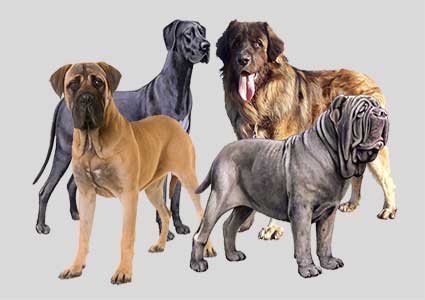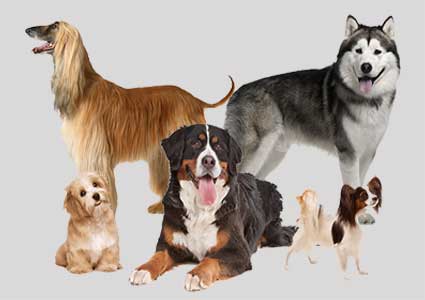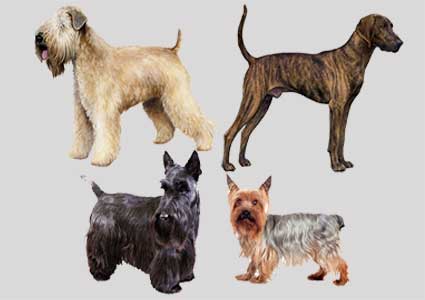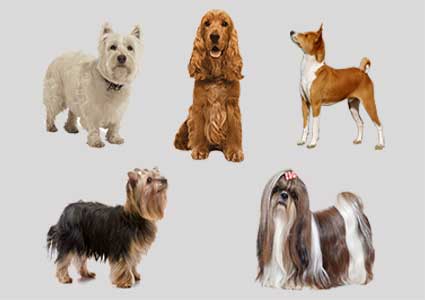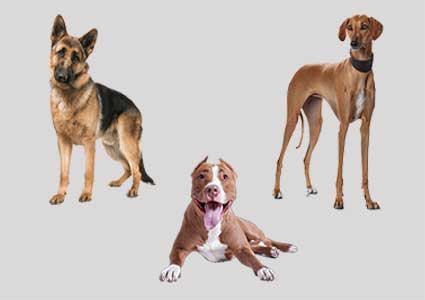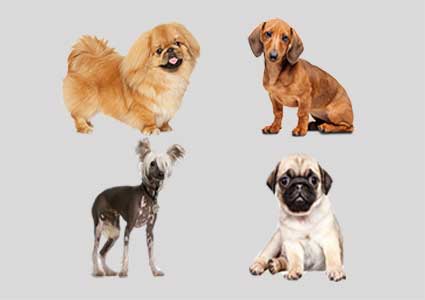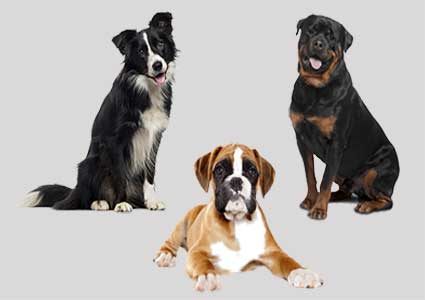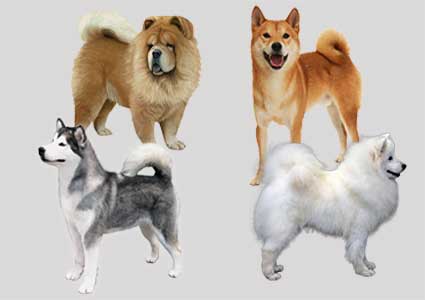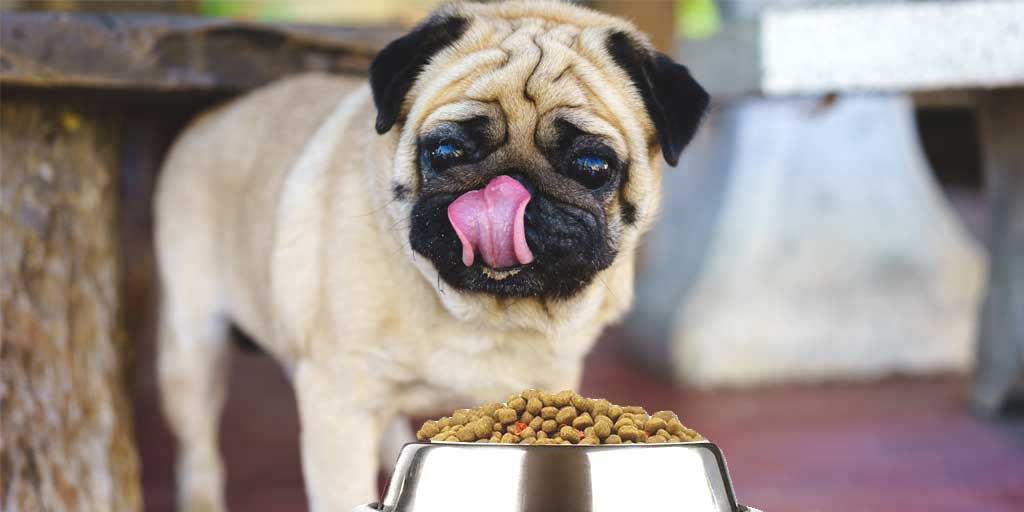
Pugs have special dietary requirements because of their short snout and a high tendency for weight gain. We analyzed dozens of high-quality dog foods available today and determined that Royal Canin Breed Health Pug Adult Dry Dog Food is the best dog food for pugs. All the essential minerals, proteins, and vitamins required in the daily diet of a pug are available in this recipe.
Best Dog Food For Adult Pugs – Our Top Pick
Royal Canin Breed Health Pug Adult Dry Dog Food
Specially tailor-made for pugs, this formula is rich in complex carbs. It has the optimum blend of nutrients based on AAFCO recommendations. The high-quality protein content in this recipe promotes muscular health. It is also loaded with dietary fiber, which improves the digestive health of your pooch.
With over 300 calories in every cup, this dog food delivers the energy needed for your playful Pug. This formula contains over 23% protein, sourced mostly from chicken meat, that will support your pooch’s lean muscles.
Dried brewer’s yeast added in this recipe supplies vital antioxidants that boost your Pug’s immunity and keep his fur shiny. It also supports better digestion and improves gut health.
The formula is also enriched with all essential vitamins and minerals needed to support bone and heart health and improve overall well-being.
Why We Like It
- Generous quantity of meat-based protein that builds lean muscles
- Contains chelated minerals for superior absorption of nutrients
- Enriched with Calcium and Vitamin D for stronger bones
- DHA from anchovy oil supports brain health
- Contains glucosamine and chondroitin for healthy joints
- Beet pulp fiber promotes gut health
Best Priced Dog Food For Adult Pugs
Nutro Wholesome Essentials Dog Food for Small & Toy Breeds
This nutritionally balanced recipe comes with a blend of slow-digesting carbs and essential fats that is optimum for an adult pug. The formula gets much of its protein from chicken and lamb meat. It is also enriched with antioxidants to boost your pet’s immunity.
This scientifically crafted formula delivers proteins from high-quality meat sources like chicken and lamb. Its balanced amino acid profile is ideal for maintaining your adult pug’s muscles.
Whole grains like brown rice, and barley supply slow-digesting carbohydrates that make your Pug feel full and prevent weight gain. They steadily deliver energy throughout the day and also provide digestive fiber that promotes healthy stools.
Omega fatty acids from flaxseeds in this formula support heart, brain, and joint health. Antioxidants from superfoods like apples, carrots, and blueberries added in this formula improve your canine’s immune system and give him a healthy fur coat.
Why We Like It
- High-protein, moderate-carb formula delivers superior nutrient profile
- Contains omega fatty acids that improve heart health
- Antioxidants from flaxseeds lower your dog’s cancer risk
- Delivers low-glycemic carbohydrates for sustained energy
- Has marigold extract that protects your dog from infections
- No corn, wheat or soy
Best Dog Food For Pug Puppies
AvoDerm Natural Puppy Dry Dog Food
Loaded with proteins and probiotics, this recipe will help your Pug puppy develop a strong and healthy body. It also offers Vitamin A and Biotin, which are vital for developing a vibrant hair coat. Phosphorus and calcium present in this formulation support your pup’s growing bones.
This puppy formula from AvoDerm is crafted with protein-rich ingredients such as chicken meal and oatmeal. It is also packed with different types of whole grains that help your Pug puppy build lean muscles and a strong body.
Herring meal present in this recipe is an abundant source of omega 3 fatty acids that promote brain and eye development in pups.
There are no meat by-products, artificial colors, or fillers in this formula that can irritate your pooch’s tummy. It is also loaded with various vitamins, minerals, and antioxidants essential for a growing pup.
Why We Like It
- Contains over 26% protein to support your pup’s growing muscles
- Probiotics and enzymes included to improve digestive health
- Enriched with zinc to promote healthy skin and shiny fur coat
- Antioxidants from kelp boost immune system
- Slow-digesting carbs from oatmeal fuel your growing pup’s energy needs
- Provides DHA that supports eye and brain development
Best Dog Food For Senior Pugs
Hill’s Science Diet Adult 7+ Small Bites Dry Dog Food
Packed with slow-digesting carbs and proteins, this carefully designed dog food is suitable for your senior Pug to maintain healthy muscles. The grain-inclusive formula provides most of its lean protein from chicken meat. It is specially designed in small bite-sized pieces to make it easy for your aging pooch to chew.
This high-protein, grain-inclusive recipe is loaded with many vital minerals, vitamins, and supplements critical for an aging Pug.
This formula contains whole grains like sorghum, oats, and brown rice that are easily digestible and provide a lot of fiber to keep your senior Pug’s digestive system healthy. These whole grains also fuel your pooch’s daily energy needs without making him gain weight.
Superfoods like cranberries, carrots, and broccoli added in this dog food deliver antioxidants that slow down age-related wear and tear of the body and boost your canine’s immunity to diseases.
Why We Like It
- Rich in Vitamin E and Omega-6 to maintain shiny fur coat
- Provides fiber-rich barley for promoting gut health
- Balanced mineral profile for kidney and heart health
- Antioxidants from superfoods like broccoli reduce cancer risk
- Vet recommended formula made in the USA
- Fortified with calcium to promote strong bones
Your Pug Is a Charming Companion!
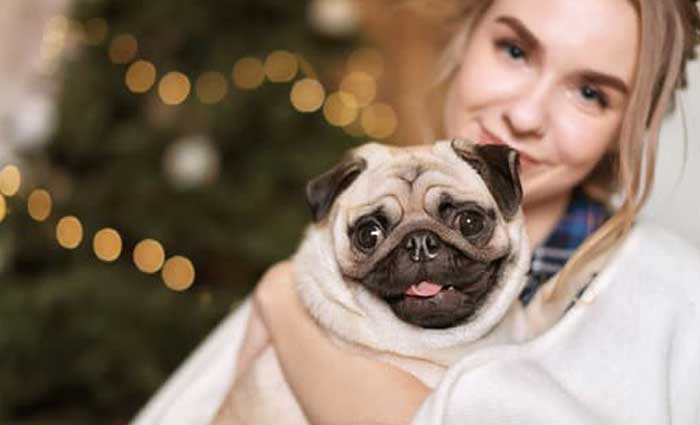
Pugs are considered a toy breed because of their small size, but they pack a lot of personality into their tiny frames. They are adorable, mischievous, and curly-tailed bundles of fun.
Their big round head, wrinkled brow, and flat face give them a unique appearance that is easy to recognize. Pugs live for up to 15 years and can weigh up to 20 pounds.
The Pug dog is an ancient breed that originated in China over 2000 years ago. These dogs served as the treasured companions of the Chinese emperor and members of the royal class. Dutch traders brought the Pug from China to Europe during the 1500s. For the next few centuries, the Pug served as the companion of European royalty.
As pugs were specifically bred to be lapdogs, they make perfect human companions. They are highly sociable and get along well with other dogs and humans.
Pugs do best in moderate climates, neither too hot nor too cold. They adapt well to any home, be it a house in the country or an apartment in a tower.
Because of their playful nature, pugs get easily distracted, and they can be harder to train compared to other breeds. Rewarding your pooch with treats will keep him focused and speed up the training process.
Pug is a brachycephalic breed, which basically means that they have a short snout. It is difficult for them to chew large objects, and their airway can easily get obstructed. Hence, it is critical to feed only tiny bite-sized kibble and treats to your Pug.
Pugs are mainly indoor dogs that don’t require much exercise. They love to sleep for long periods and have sudden bursts of activity during different periods of the day.
Pugs love to eat, and so they are highly susceptible to obesity. Watch your Pug’s calorie intake closely so that he doesn’t get too fat. It is essential to feed your pooch a diet that is both filling and nutritionally balanced.
Though pugs can look chubby, they are actually highly muscular. Their diet needs to be rich in protein to support and maintain muscular development.
Pugs are playful, busy-bodies who spend a lot of energy just frolicking around. So they require complex carbohydrates in their diet, which release energy slowly throughout the day.
A protein-rich, low-fat diet that also includes complex carbohydrates is ideal for your Pug.
What Is The Best Way To Feed A Pug?
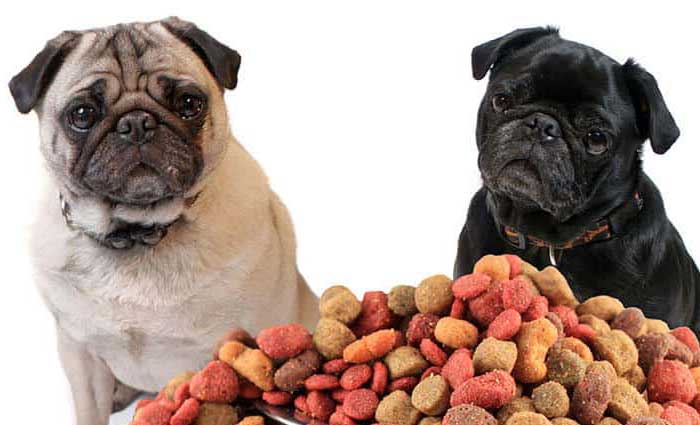
Every canine breed has unique dietary needs. Let us take an in-depth look at the unique nutritional requirements of a pug.
How Much Food Does A Pug Need Daily?
Pugs require an average of 40 calories for every pound of body weight. An average, 16-pound adult pug will require about 1/2 cup to 1 cup of food every day.
Your pooch’s food requirement can change depending upon his age, health, and level of activity.
Based on age, the approximate daily calorie needs of a pug are given below.
Pug Puppy: 350 calories
Adult Pug: 600-700 calories
Senior Pug: 450-550 calories
These figures are only suggestive and may change based on your dog’s size and health.
Pugs love to eat and can easily become overweight. Hence, you must carefully pick a dog food that is rich in calories but low in fat.
How Many Times Should You Feed A Pug In A Day?
Pug puppies less than 6 months of age should be fed at least 3 times a day. After six months, you can feed them 2 times every day.
Pug Feeding Chart
Age: Less than 3 months
Food quantity per meal: 1/3 cup puppy food
No. of times per day: 4
Age: 3 to 6 months
Food quantity per meal: 1/2 cup puppy food
No. of times per day: 3
Age: 6 to 12 months
Food quantity per meal: 1/2 cup puppy food
No. of times per day: 2
Age: 12 months onwards
Food quantity per meal: 1/2 cup adult dog food
No. of times per day: 2
Age: 8+ years (senior)
Food quantity per meal: 1/3 cup senior dog food
No. of times per day: 2
What Do Pugs Like To Eat?
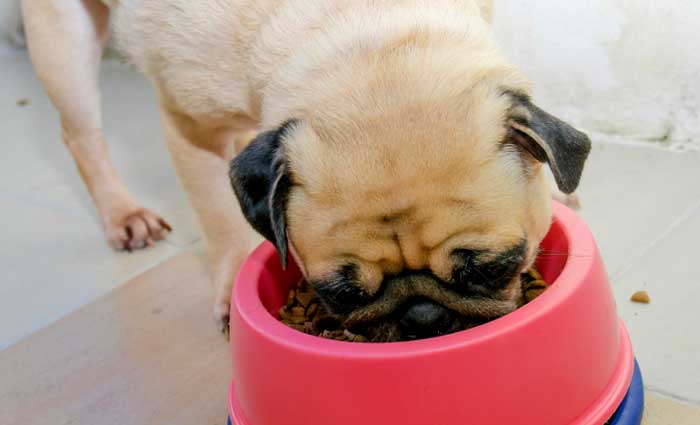
Pugs are omnivorous and can eat many different types of meat-based and plant-based foods. Care must be taken to feed only small-sized chunks of food because of a pug’s small snout size.
Most pugs become fat even when their owners try to restrict their food intake. Pugs love to eat, and because of their playful, curious nature, they will hunt and beg for snacks all day long.
You must keep a close watch on your Pug’s obesity and adjust his meals according to current body fat and activity levels.
What Nutrients Does your Pug Need Daily?
Adult Pug
Minimum: 16% proteins and 8% fats
Ideal: 18% proteins and 12% fats
Pug Puppies
Minimum: 22% proteins and 10% fats
Ideal: 30% proteins and 14% fats
A large percentage of the protein in your pooch’s diet needs to be sourced from whole meat. This includes poultry, fish, or other grass-fed animal meat.
Slow-digesting carbohydrates must be included in your Pug’s daily diet through vegetables, legumes, and fruits.
What Should Pugs Never Eat?
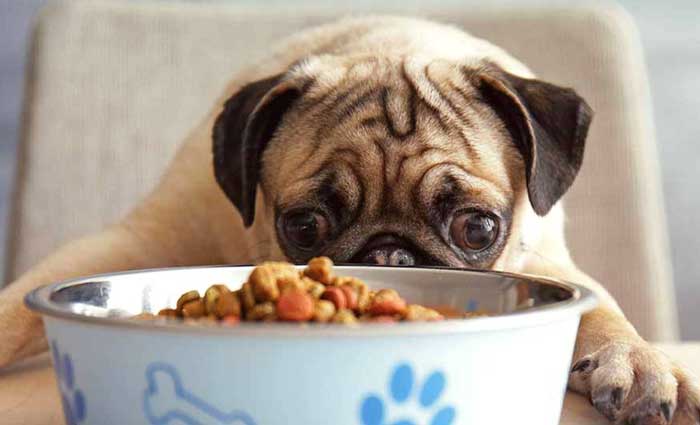
There are some foods your precious pooch should never eat. Feeding these items can be dangerous or even lethal to your fur-baby.
Large Dog Treats
Pugs have a flat face and a small mouth. This makes it difficult for them to chew large chunks of food. There is a high risk of the food getting stuck in their airway, causing them to choke.
Hence it is very critical to avoid feeding your Pug any large treats. If you are unsure about the size, then it is better to ground the food into a paste form in a blender, before feeding it to your Pug.
Fat Trimmings and Bones
Trimmed fat from both cooked and uncooked meat is very unhealthy for your Pug. Not only can it make your dog fat, but it can also lead to fat deposits in his pancreas, leading to pancreatitis.
Bones, both cooked and raw, are dangerous for your canine because they can splinter or break in your pooch’s mouth. The broken piece can injure his mouth or get stuck in his throat or intestine and cause bleeding.
Caffeine products
Caffeine is toxic for your Pug. Coffee and tea both contain caffeine and so you must keep them away from your canine.
When caffeine is ingested, it increases your pooch’s blood pressure and boosts the rate of heartbeat. This can become deadly. Your dog can lose muscle control and suffer seizures or tremors. Caffeine also stimulates your pooch’s intestinal tract and triggers vomiting.
While one or two laps of coffee may not be enough to do damage, eating a tea bag or coffee grounds can become lethal very quickly. Coffee grounds are particularly deadly because they pack a lot of caffeine. Other products that can contain caffeine include cold medicines, sodas, candies, and gums.
Macadamia Nuts
You pug can become very ill if he eats even a few Macadamia nuts. The most common symptoms of poisoning are weakness in hind legs, diarrhea, and vomiting.
These symptoms appear within twelve hours of consumption and can last for up two days. If your pooch experiences any of these symptoms, you should contact the vet immediately.
Alcohol
All forms of alcohol are toxic to all dogs. Wine, liquor, beer, cough syrups, rum cakes, and other foods with alcohol content are all deadly for dogs.
Symptoms of alcohol poisoning include problems in muscle coordination, depression, breathing difficulty, low body temperature, vomiting, and diarrhea. Eventually, if left untreated, the dog will fall into a comatose state and die.
Since pugs are a small breed, it takes very little alcohol to lethally poison them. You must keep all forms of alcohol away from the reach of your Pug.
Proper Diet Can Heal Pug Health Challenges
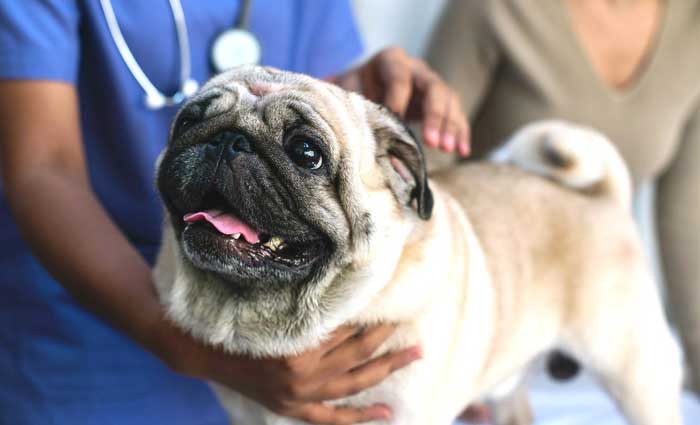
Your charming Pug is a playful companion that requires some very special care. Pugs are prone to several diseases, which can make life very miserable for your cute pet.
Feeding the right foods in your Pug’s daily diet can help prevent some of these diseases. Here are are some of the common health challenges that pugs face.
Brain and Nerve Diseases
Pug Dog Encephalitis
Pug Dog Encephalitis (PDE) is a hereditary brain disorder that only affects pug dogs. About 1% of all pugs suffer from this disease. PDE is an inherited autoimmune disorder that causes the brain tissue to become inflamed.
It usually affects pugs between two to three years of age. The most common symptoms of this disease include seizures, disorientation, walking in circles, weakness, and blindness.
Once diagnosed with this disease, your vet will prescribe anticonvulsants and corticosteroids for treating the symptoms. There is no cure for PDE, and unfortunately, all pugs that get this disease will eventually succumb to it.
Degenerative Myelopathy
Pugs are genetically prone to a nerve disease known as degenerative myelopathy that affects the spinal cord.
The first symptom of this disease is the weakening of hind legs.
Over time the damage to nerves gets worse, and your dog could lose urinary and bowel control. It can also lead to paralysis.
There is no cure for this disease, but physical therapy can help keep your dog’s hind muscles toned. A comfortable bed is also essential since your pooch will likely spend a lot of time lying down.
If a pug becomes paralyzed from the waist down because of this disease, then getting a canine wheelchair will help him move around.
While there is no way to prevent diseases like PDE and degenerative myelopathy, you should include foods like fish meat in your Pug’s diet to ensure he gets enough omega fats, EPA and DHA that are needed for proper nerve development.
Feeding foods like blueberries, carrots, and broccoli will provide antioxidants that are needed to support your dog’s overall well-being.
Eye Diseases
As pugs have large, prominent eyes, they are more susceptible to eye injuries and diseases than other breeds.
Dry Eyes
Conditions like pigmentary keratitis and keratoconjunctivitis sicca can cause your Pug’s eyes to become dry. These disorders cause a decrease in tear production, which prevents the eyes from receiving moisture. This can lead to reddish colored eyes.
Corneal ulcers
The cornea is the outermost covering of the eye that constantly gets bombarded by chemicals, dirt, bacteria, and other household objects. As pugs are playful by nature, and their eyes have a bulging shape, they often bump into various hazards that can damage the cornea.
When an injury occurs to the cornea, it can eventually develop into an ulcer. Common symptoms include redness, squinting, and excessive tears. If left untreated, it can even cause blindness eventually.
Kale contains antioxidants like lutein and zeaxanthin that prevent oxidative damage to the eyes. Pumpkins and carrots contain several essential vitamins and antioxidants that can improve your Pug’s eye health. Include these foods in your canine’s diet to help support his vision.
Bone and Joint Problems
Hemi-Vertebrae
Flat-faced dogs like pugs have short curly tails, which can sometimes cause the tail end of their spinal column to become deformed.
This bone abnormality can put pressure on the nerves in the base of the spinal cord and trigger pain. In severe cases, it can lead to paralysis of hind legs and loss of bowel control. The severity of the problem depends on how many lower vertebrae in the spine become deformed.
Slipped Discs
Pugs have short legs and long bodies that can put pressure on their spinal column. The spinal column is made up of several vertebrae separated by disc-shaped cushions. These cushions absorb shocks during impact and can sometimes slide out of their place. When a disc slips out of its place, it is known as a herniated disc.
As pugs get older, they can get herniated discs in their back. Increasing pressure on the lower part of the spine due to these dislocated discs can lead to intense pain and weakening of hind legs. Surgery can sometimes help correct the problem.
Legg-Calve-Perthes Disease
When the blood flow to a dog’s hip region gets disrupted by clots, it can lead to the weakening of the ball and socket joint that connects the head of the femur bone to the pelvis. The femoral head eventually begins to degenerate, and this condition is known as Legg-Calve-Perthes disease.
The first symptom of this disease is usually limping. Over time this condition will lead to arthritis in the hind legs, and the dog won’t be able to put any weight on the affected hind leg. Small breed dogs like pugs have a high chance of developing this disease. It can develop in dogs as young as 6 months of age.
Hip Dysplasia
While hip dysplasia is more common in large breed dogs, even pugs often develop this joint problem. This condition is caused by a deformation of the hip joint, which causes the leg bone to rub against the hip bone and can lead to intense pain and discomfort.
Eventually, it leads to stiffness and lameness in the hind legs that can develop into arthritis.
Feed your Pug a diet rich in calcium to keep his bones strong. Spinach, broccoli, beans, sardines, and kale are all good sources of calcium. Glucosamine and chondroitin are two nutrients vital for maintaining healthy joints. These nutrients are needed for building cartilage tissue in the joints. Salmon, turmeric, and raspberries are loaded with these nutrients.
Adding these foods to your Pug’s diet will help promote bone and joint health.






